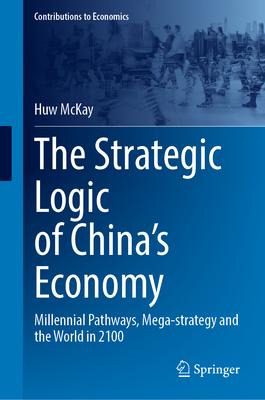This book reviews China’s strategic pathway over the last 1000 years and considers its prospects for ascending to high-income status by the end of the 21st century. It analyzes why, although China’s chances of joining the global core are sound, they are not outstanding; in addition, it faces mounting challenges, internal and external alike. The argument is presented in the framework of dynamic-strategy theory, which is expounded here in novel form. This exposition includes a wide ranging survey of global history, with a focus on the development of the industrialisation paths of the major economies of today, including a detailed study of Japan’s long-run strategic pathway.
The book’s closing section presents a scenario-based discussion of China’s potential place in the world in 2100. The analysis implies that China’s zenith is likely to be reached slightly before mid-century, after which its relative economic scale will likely decline. Beyond that general finding, the scenarios investigate the wide range of plausible outcomes that China may experience: a range that the author contends is much wider for China than for nations under-pinned by less complex political-economies. Given its scope, the book will appeal to scholars of history, economics, geopolitics and sinology, and to anyone interested in learning about China’s economic prospects at a time of increasingly heated ideological and empirical debates.












